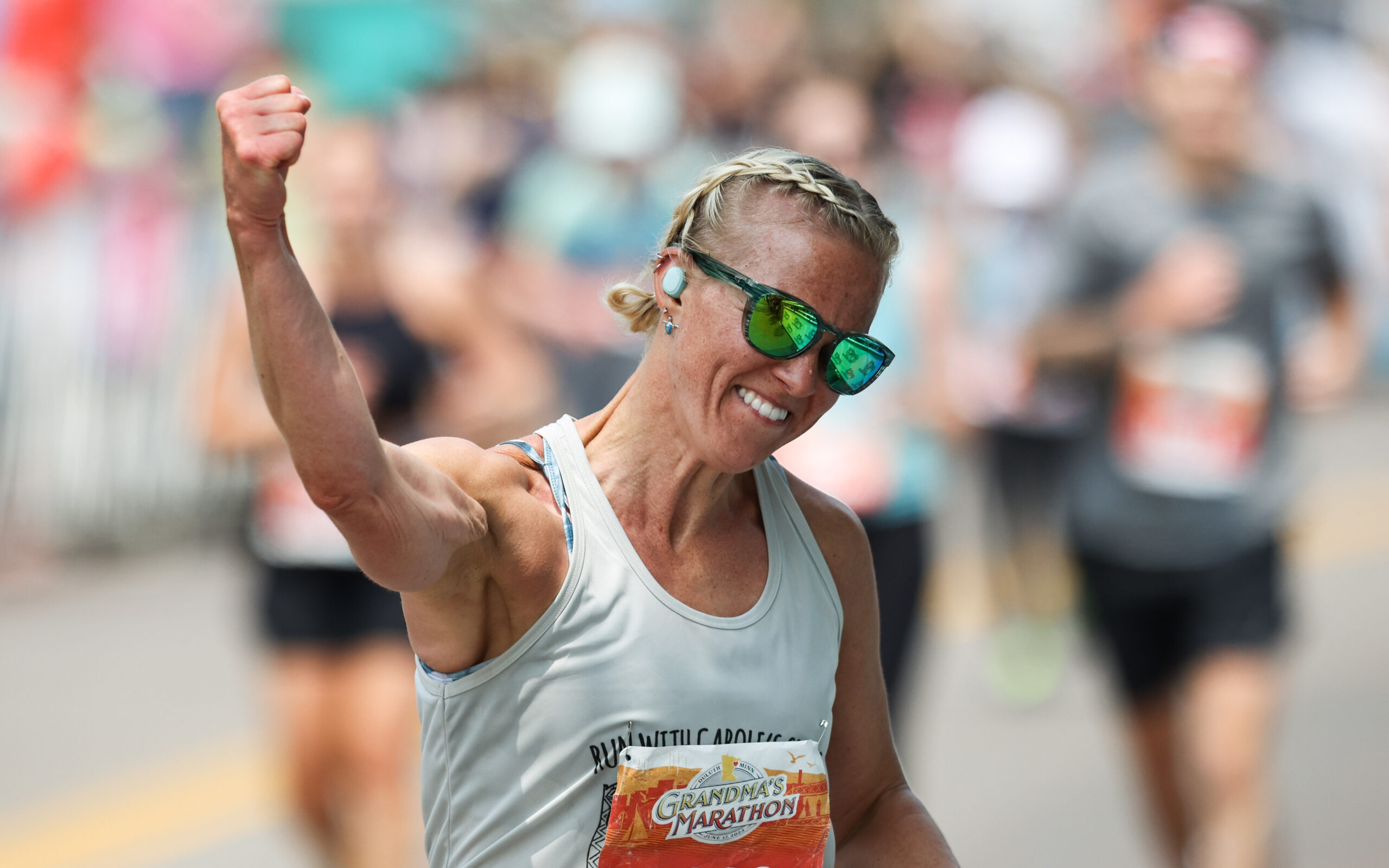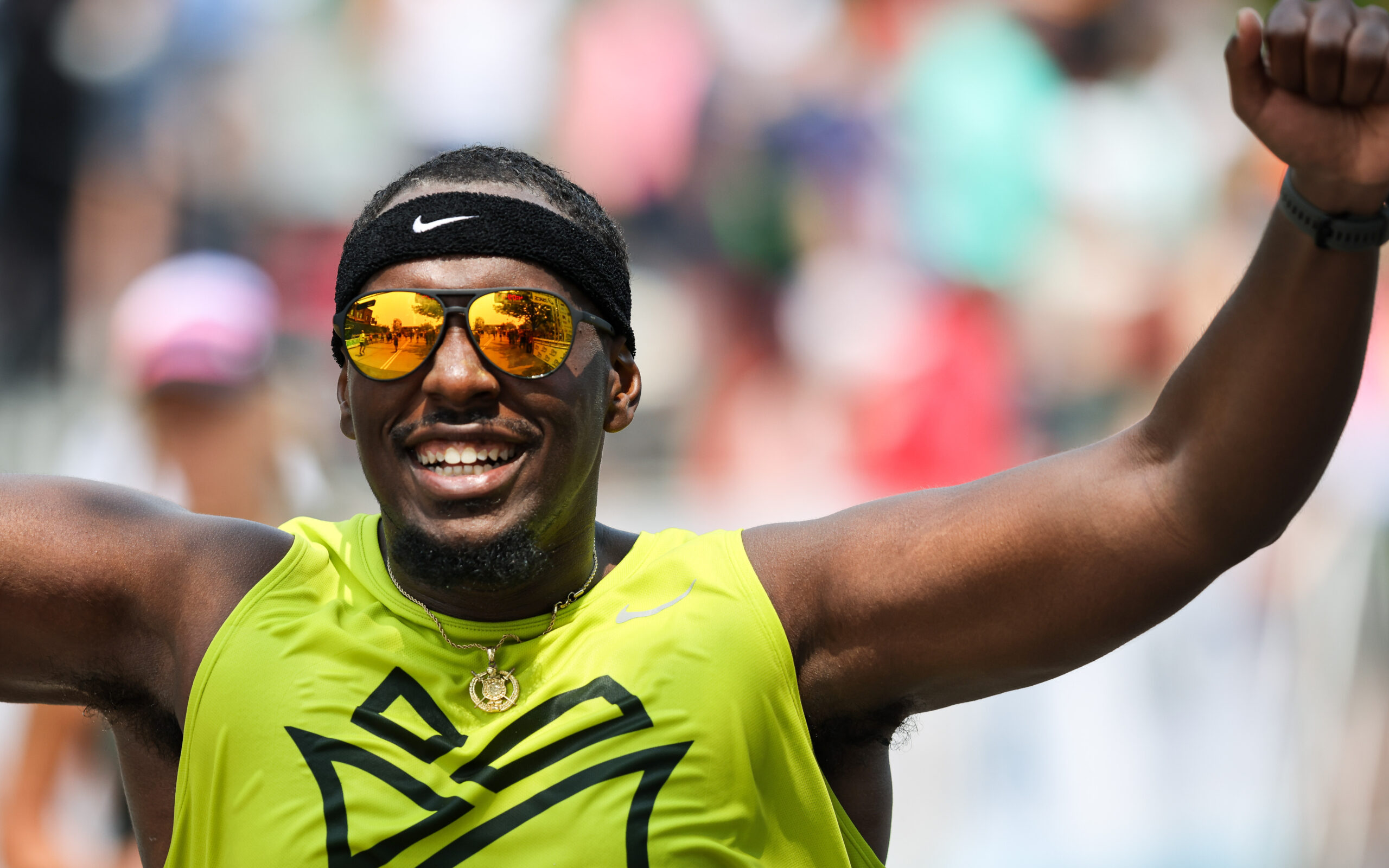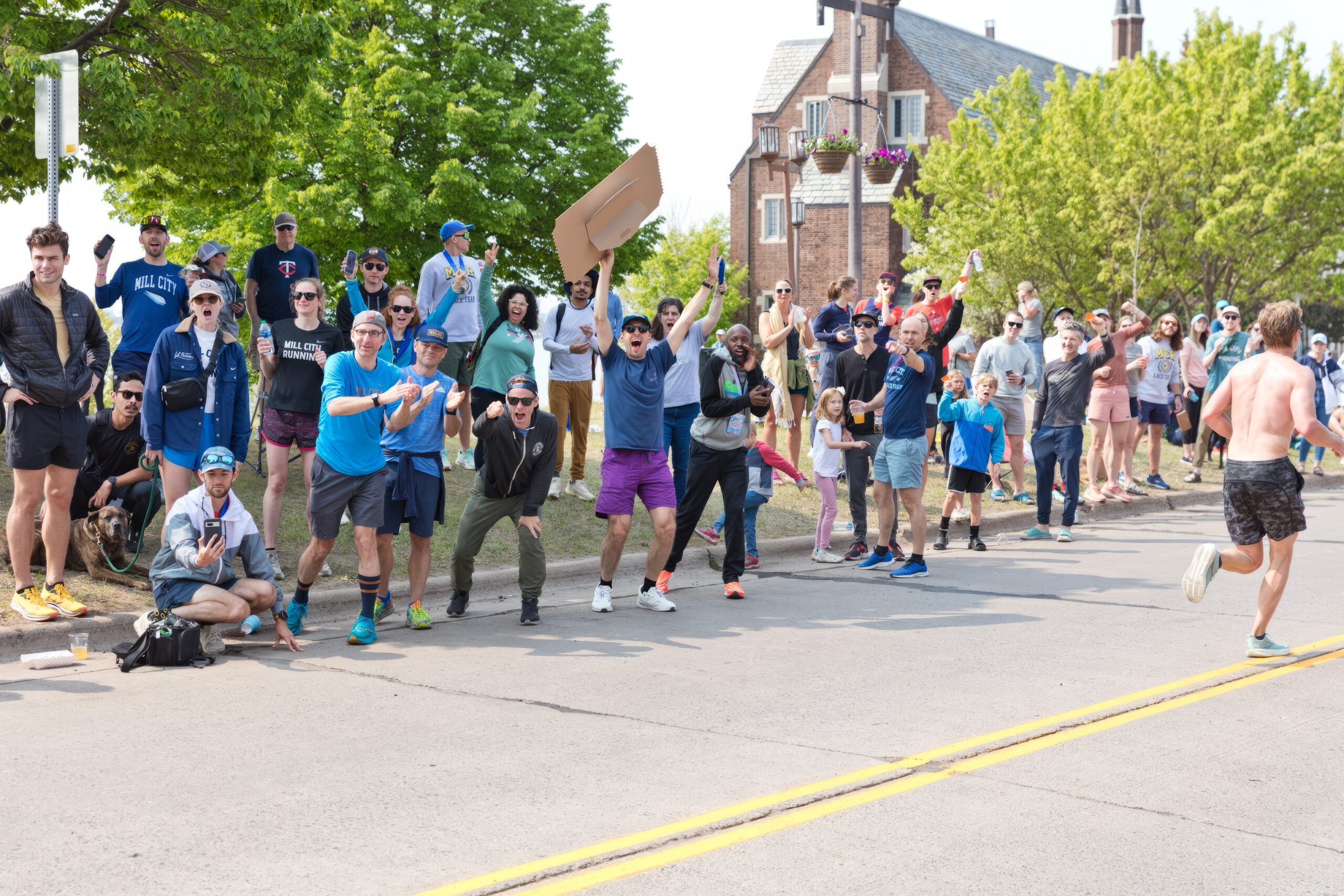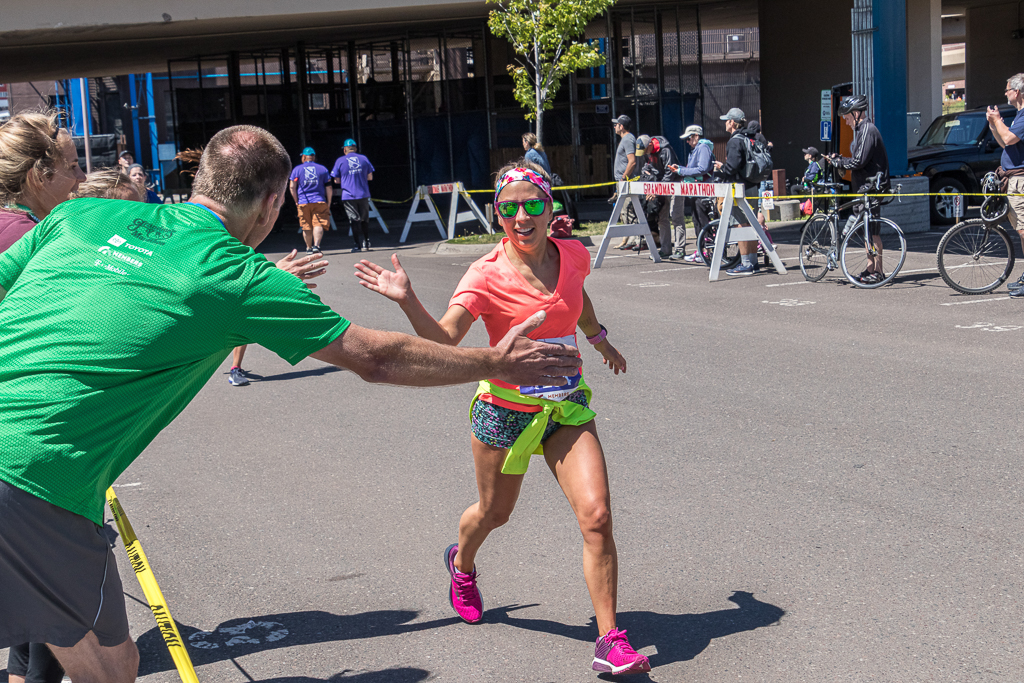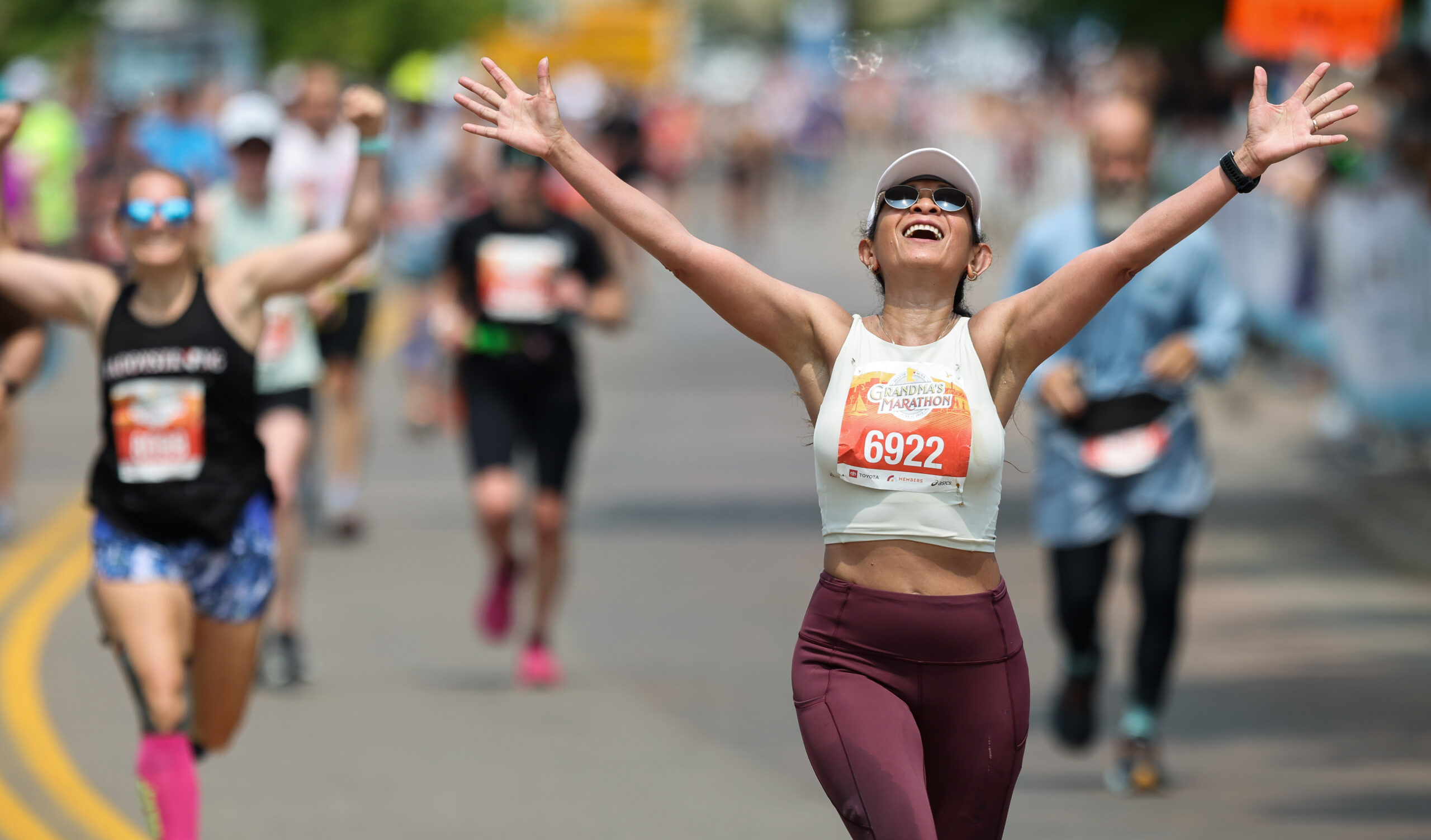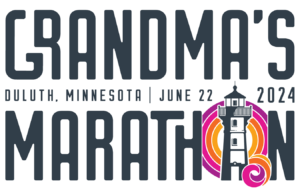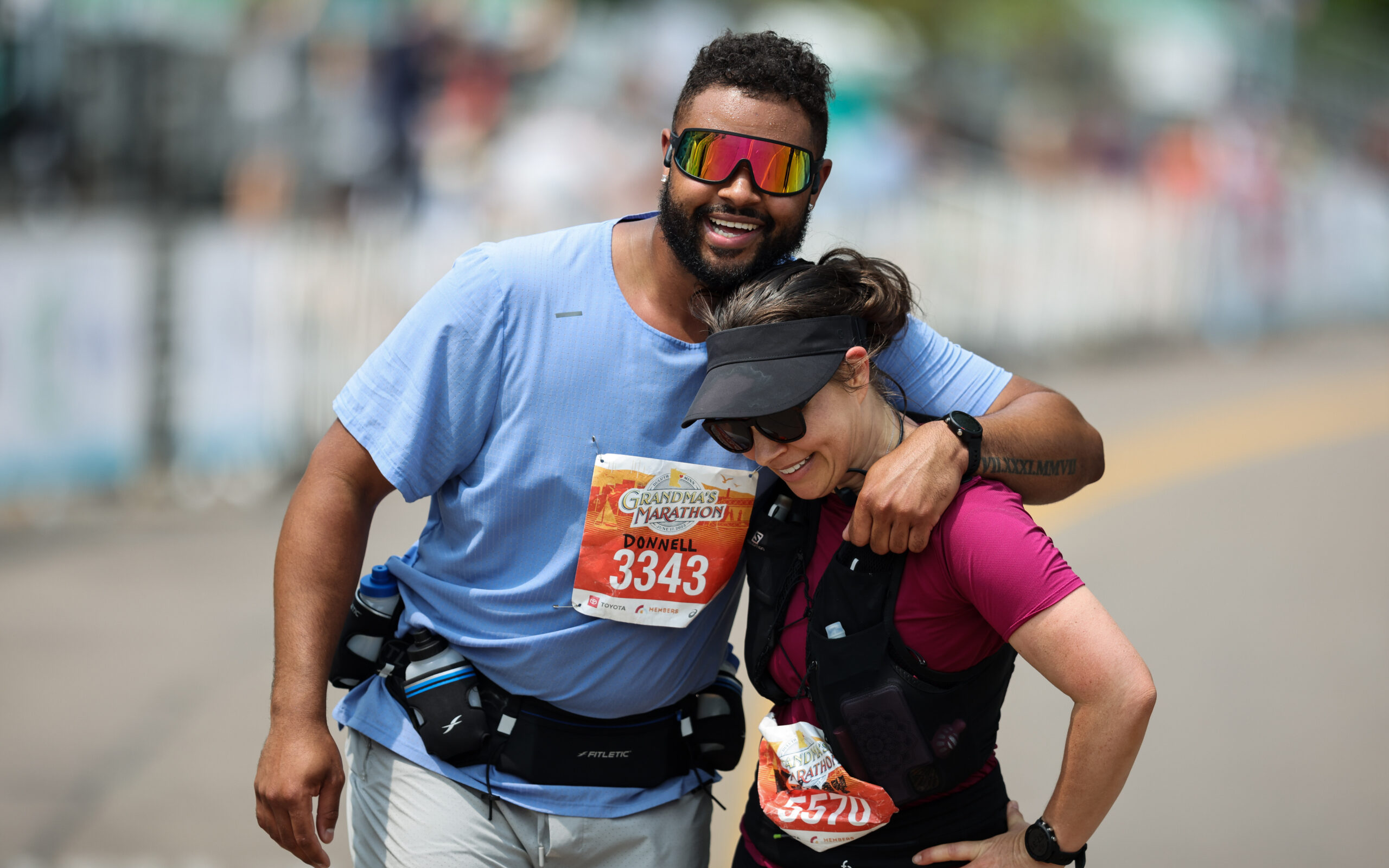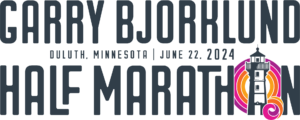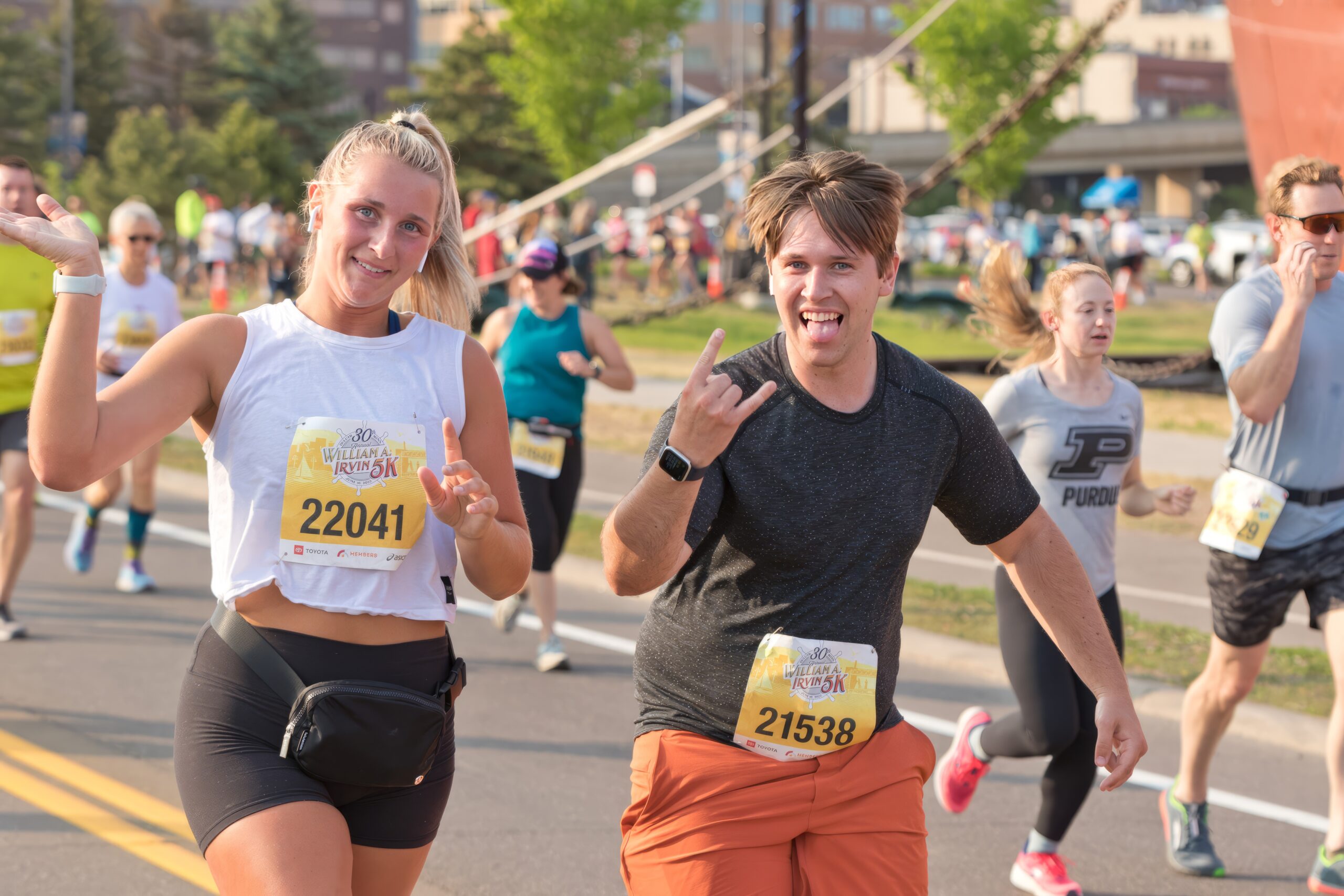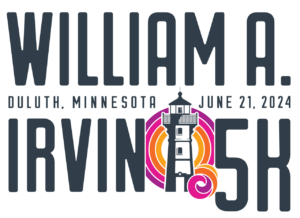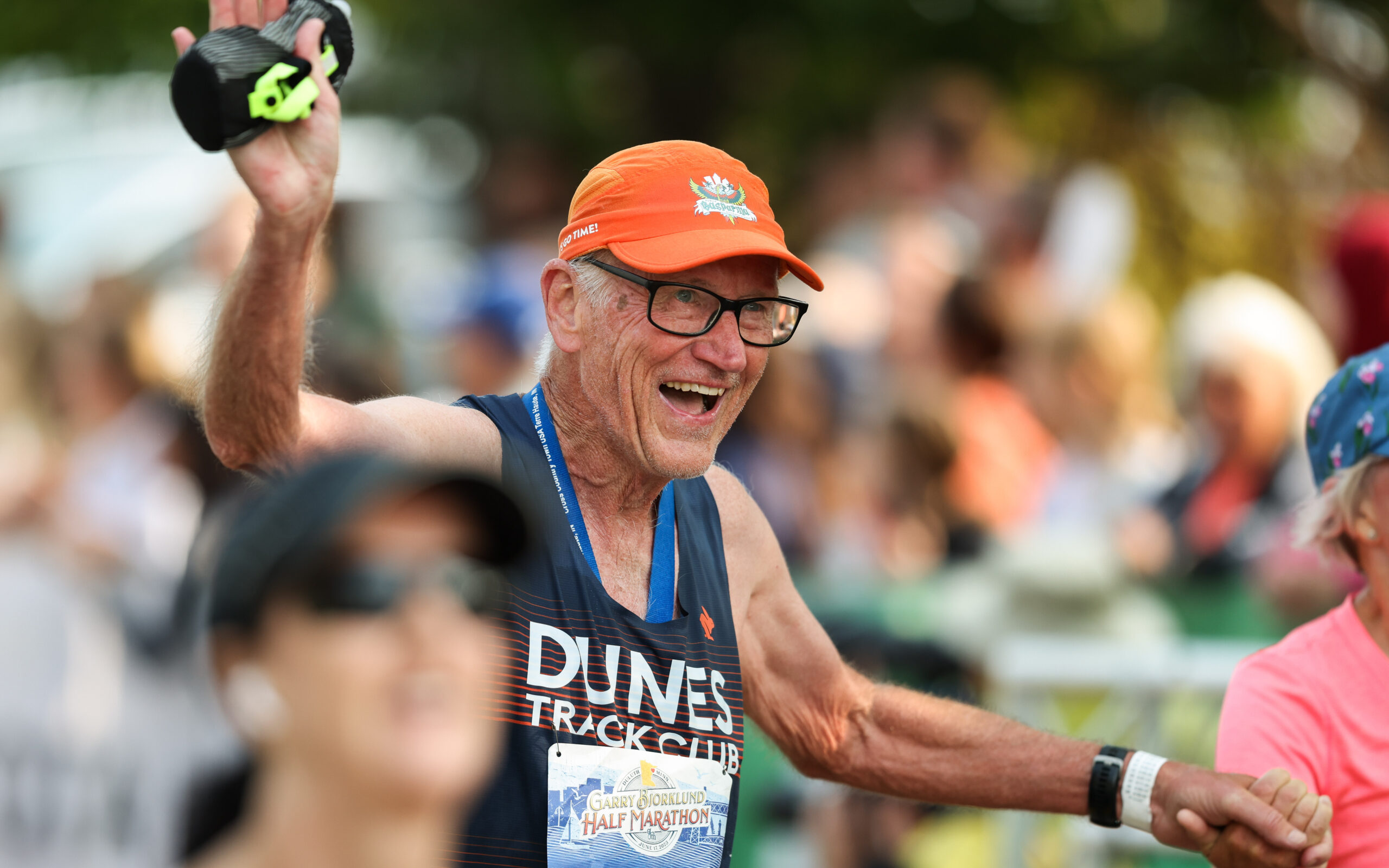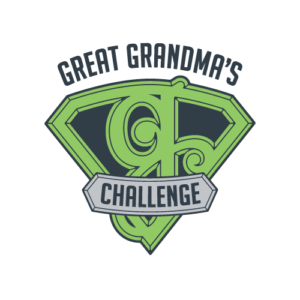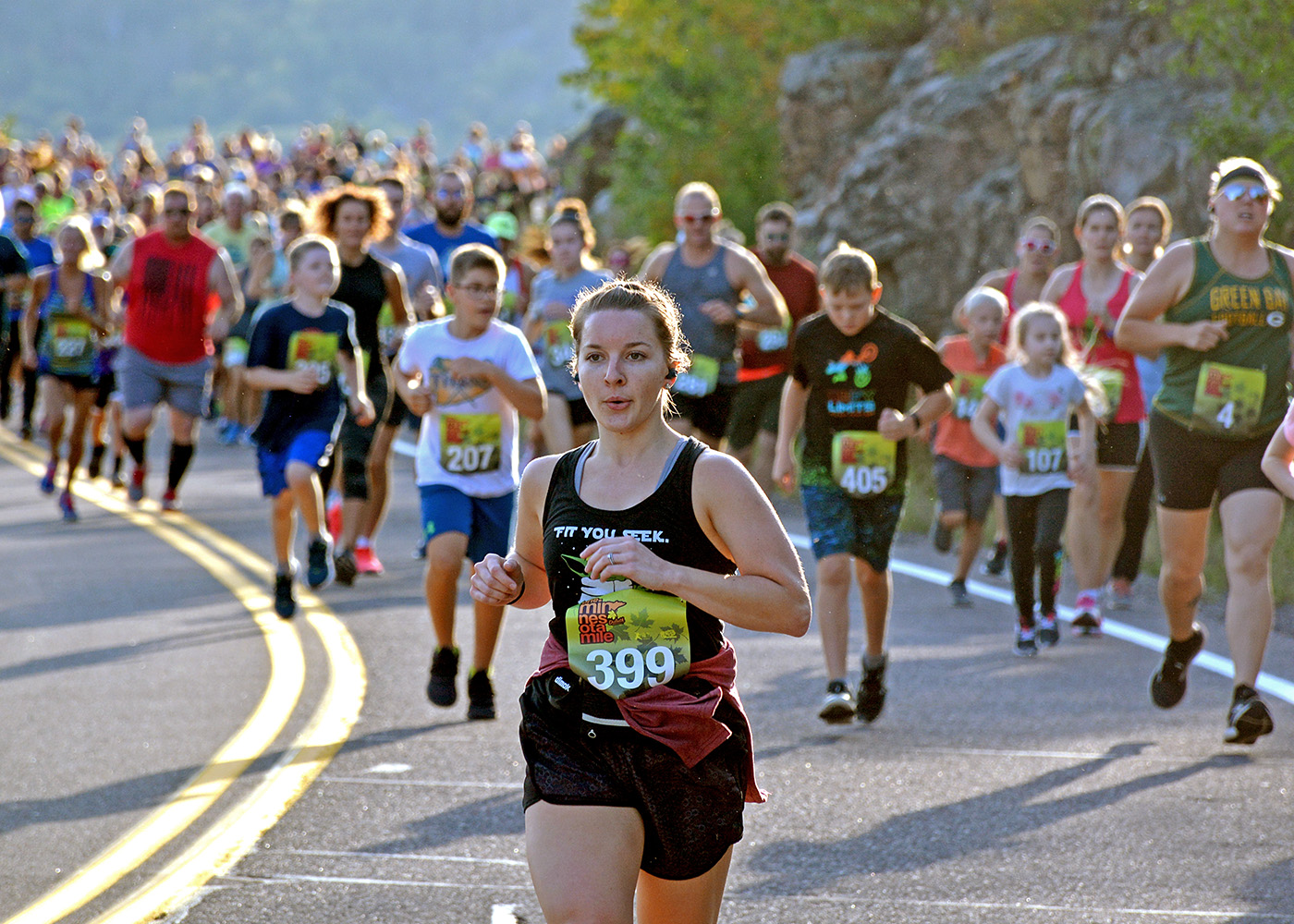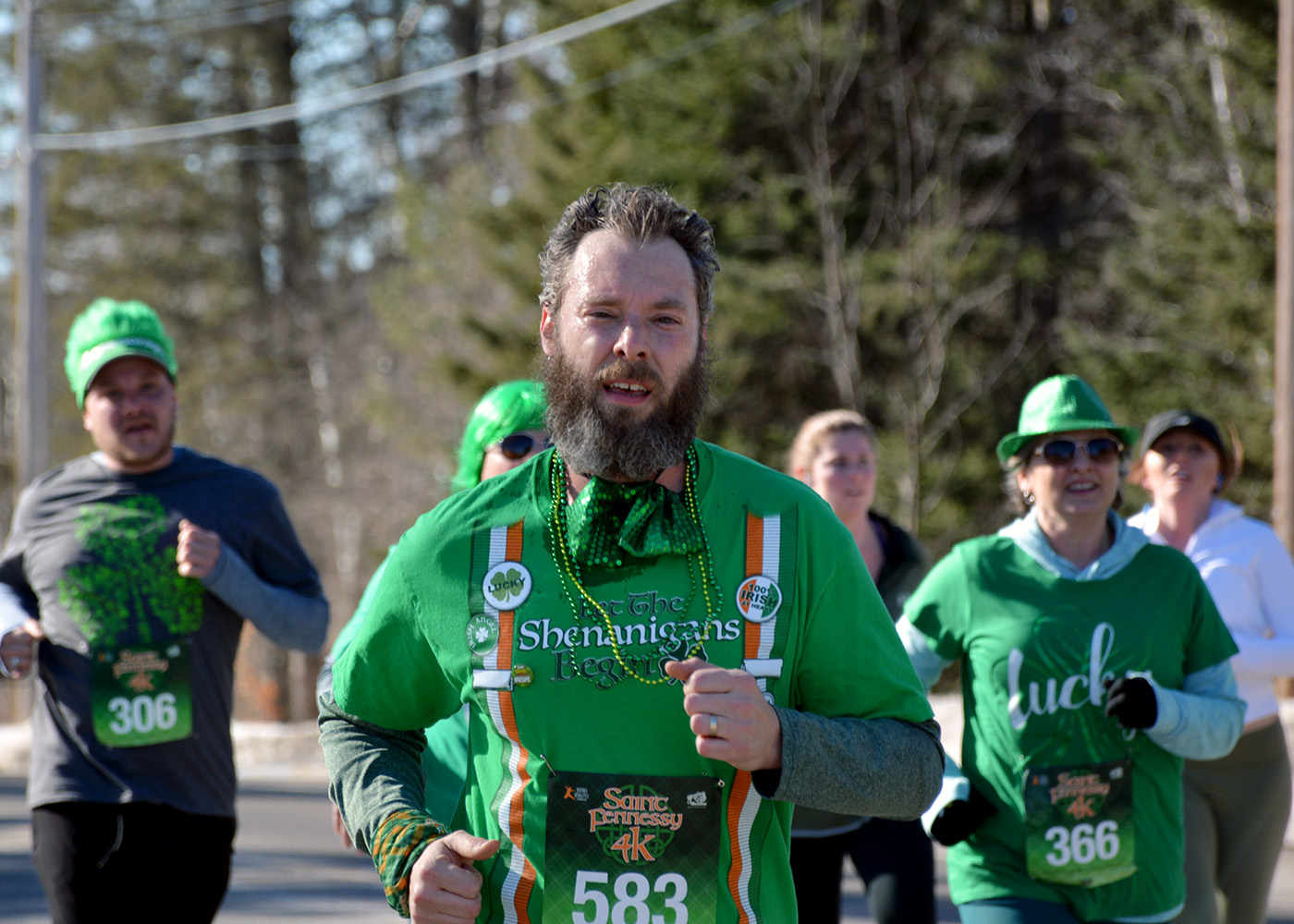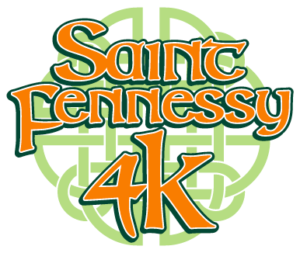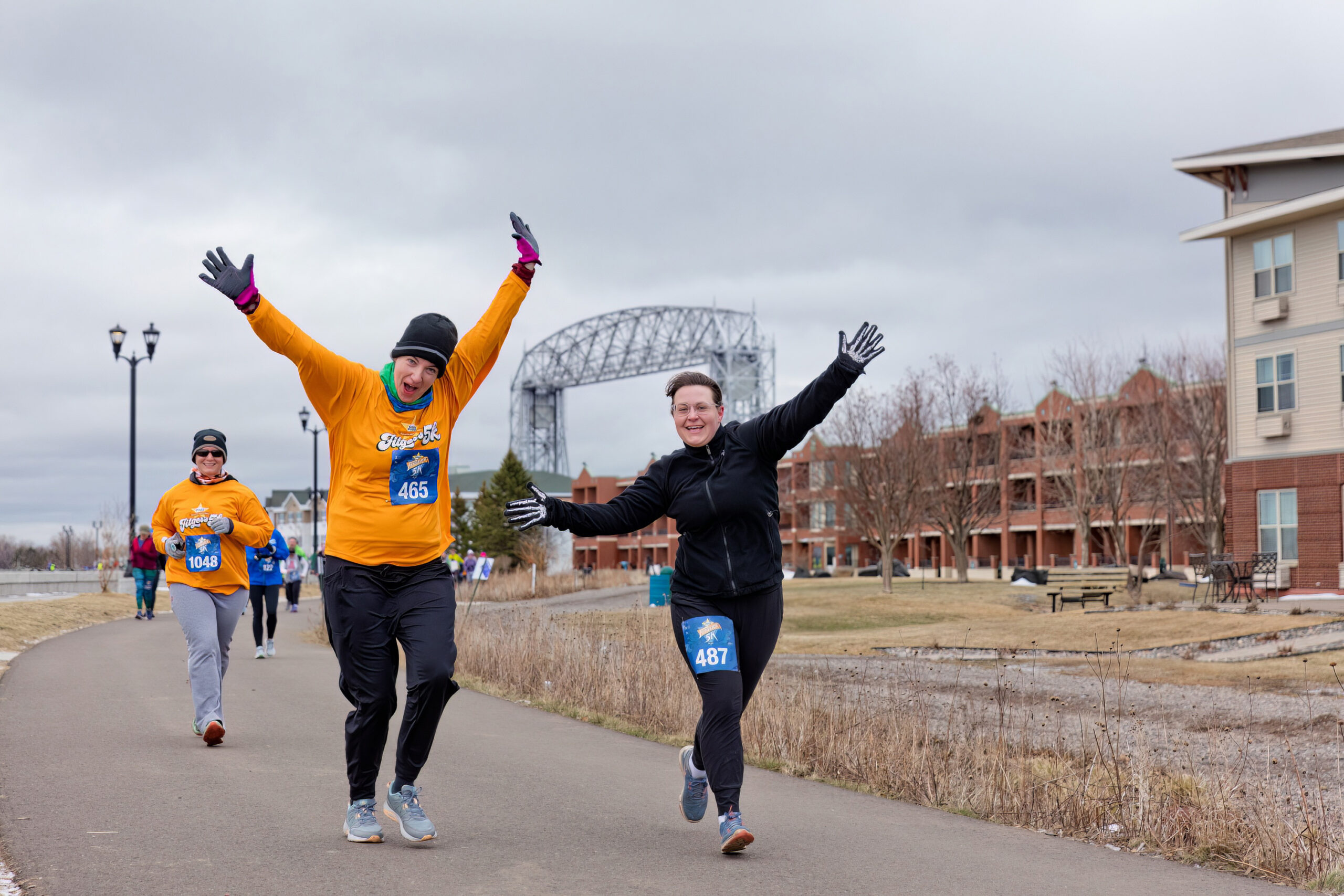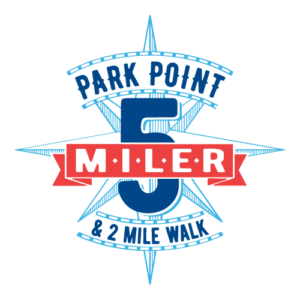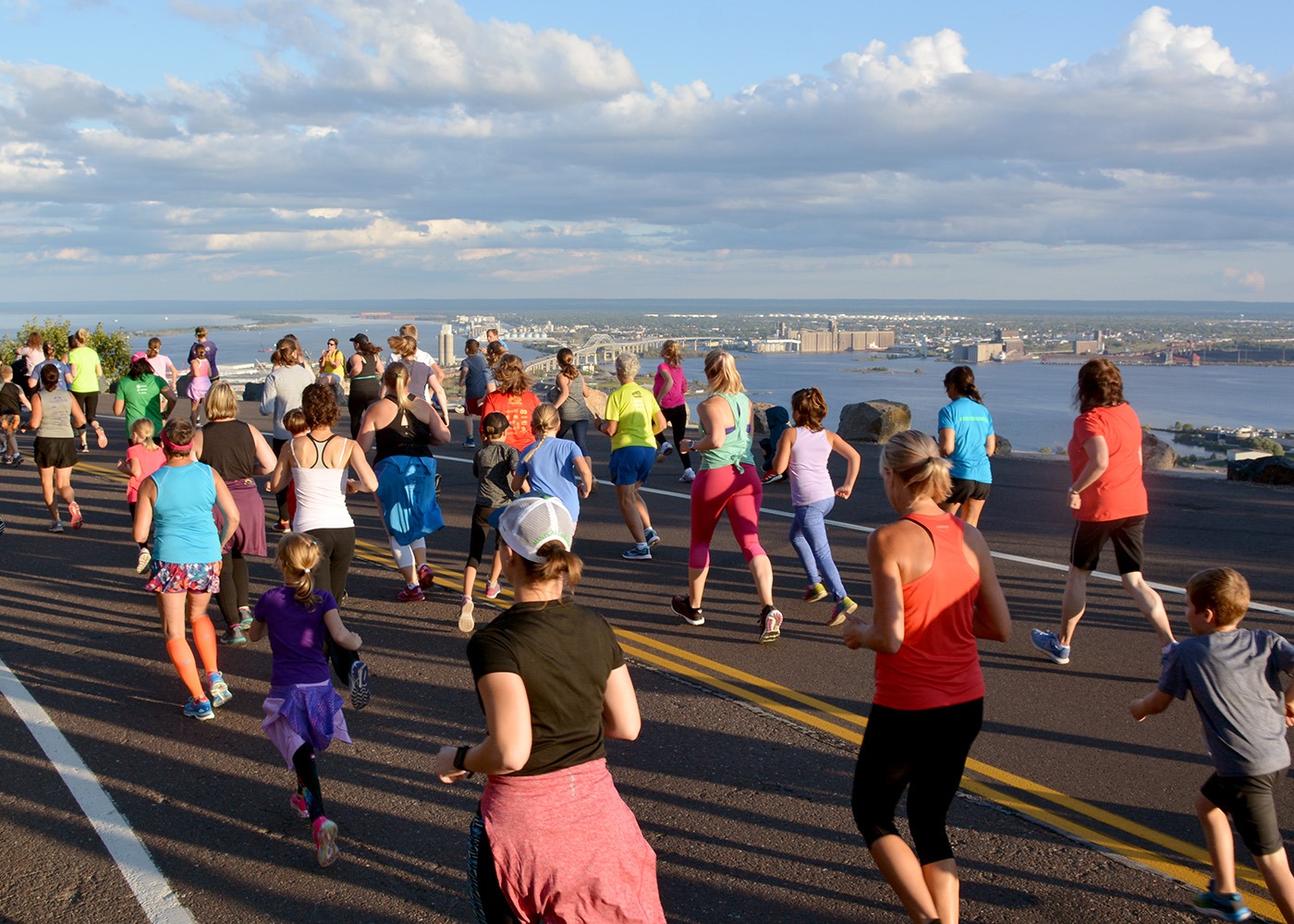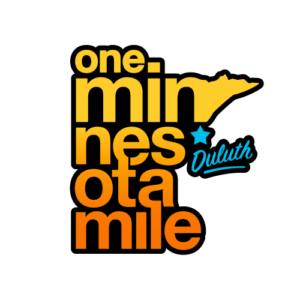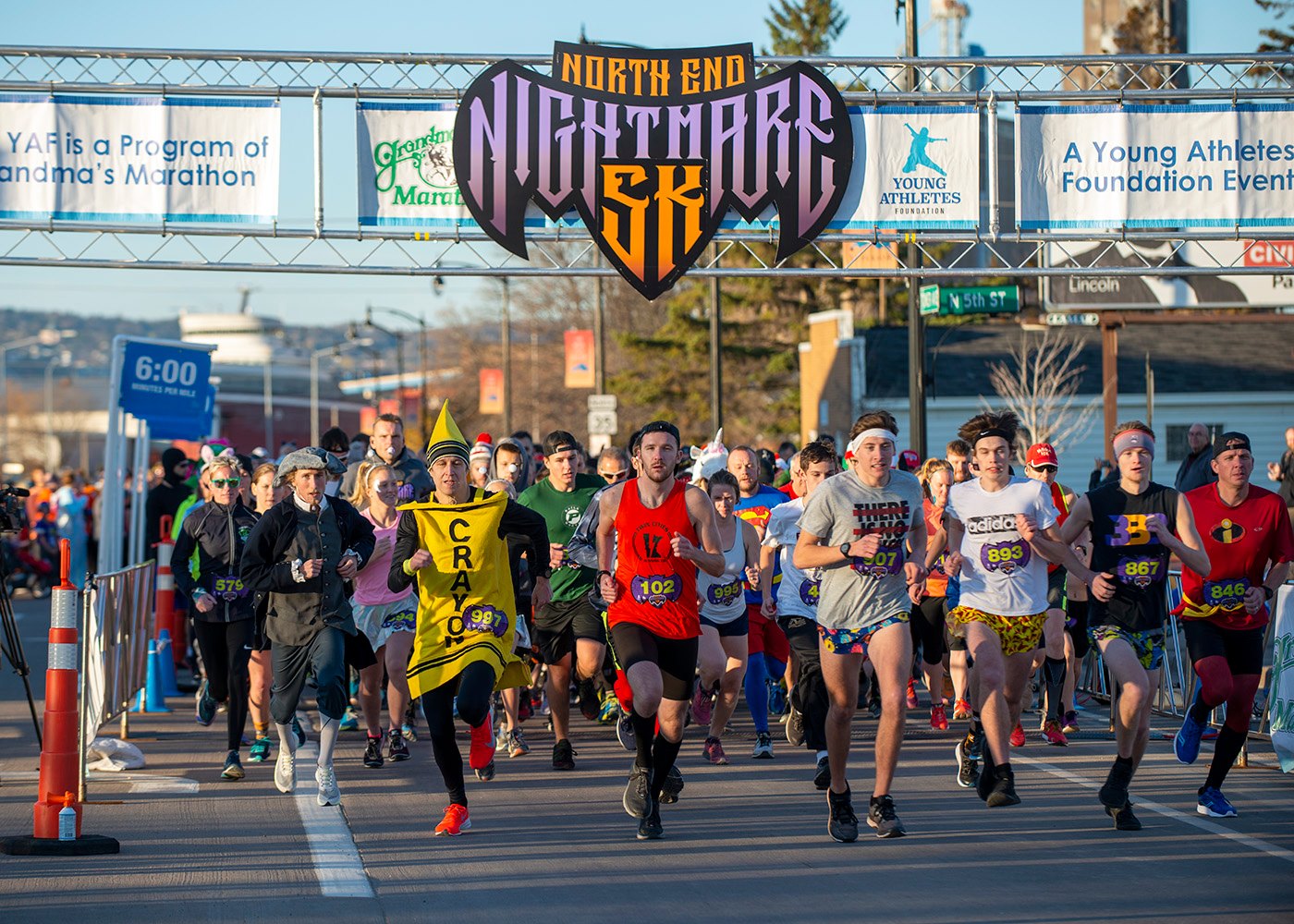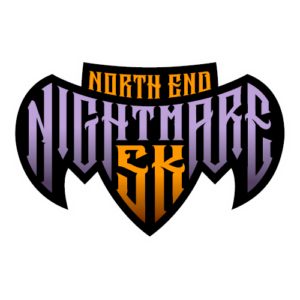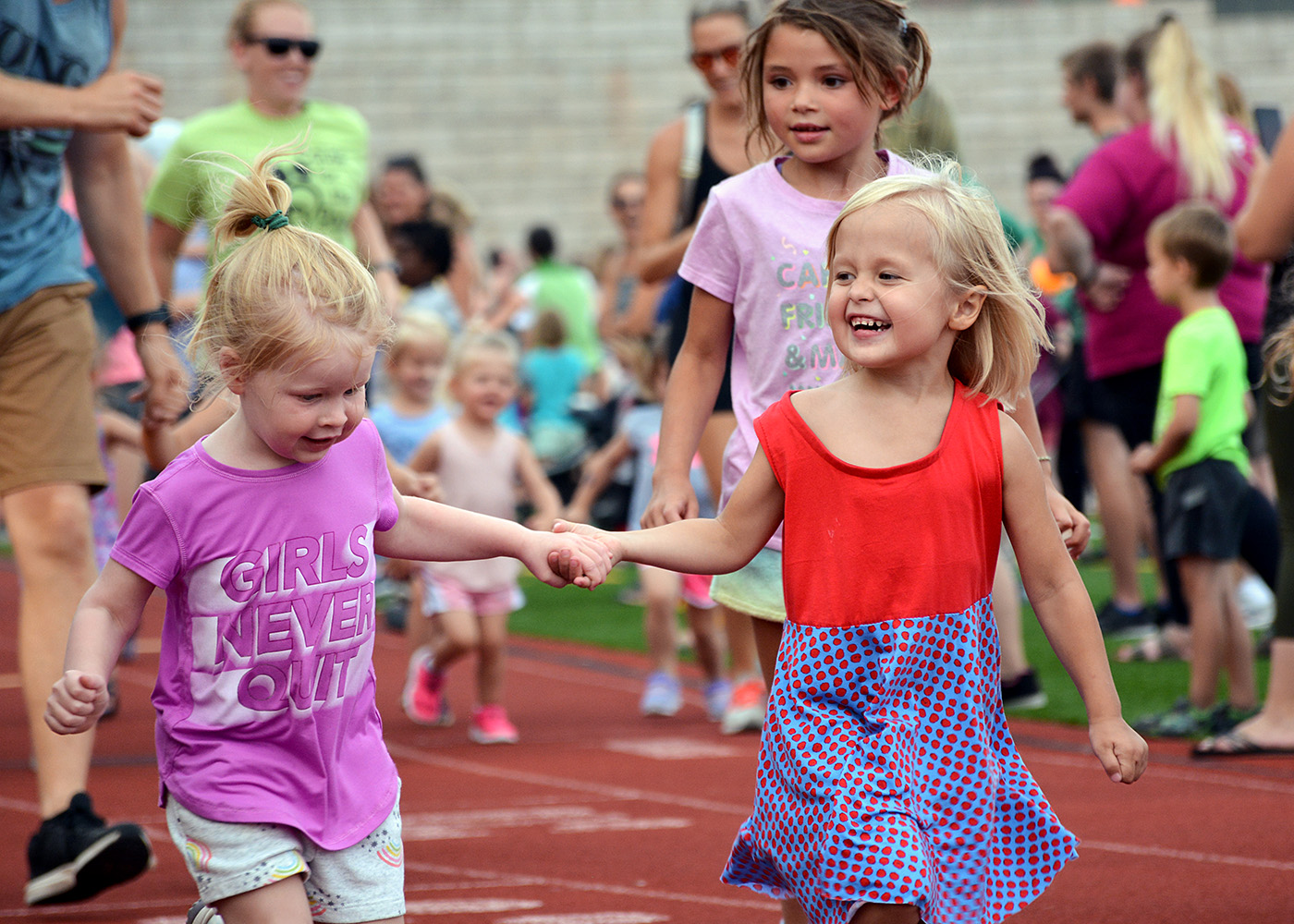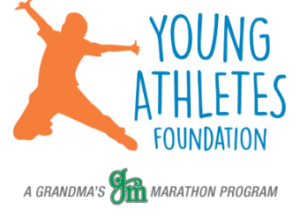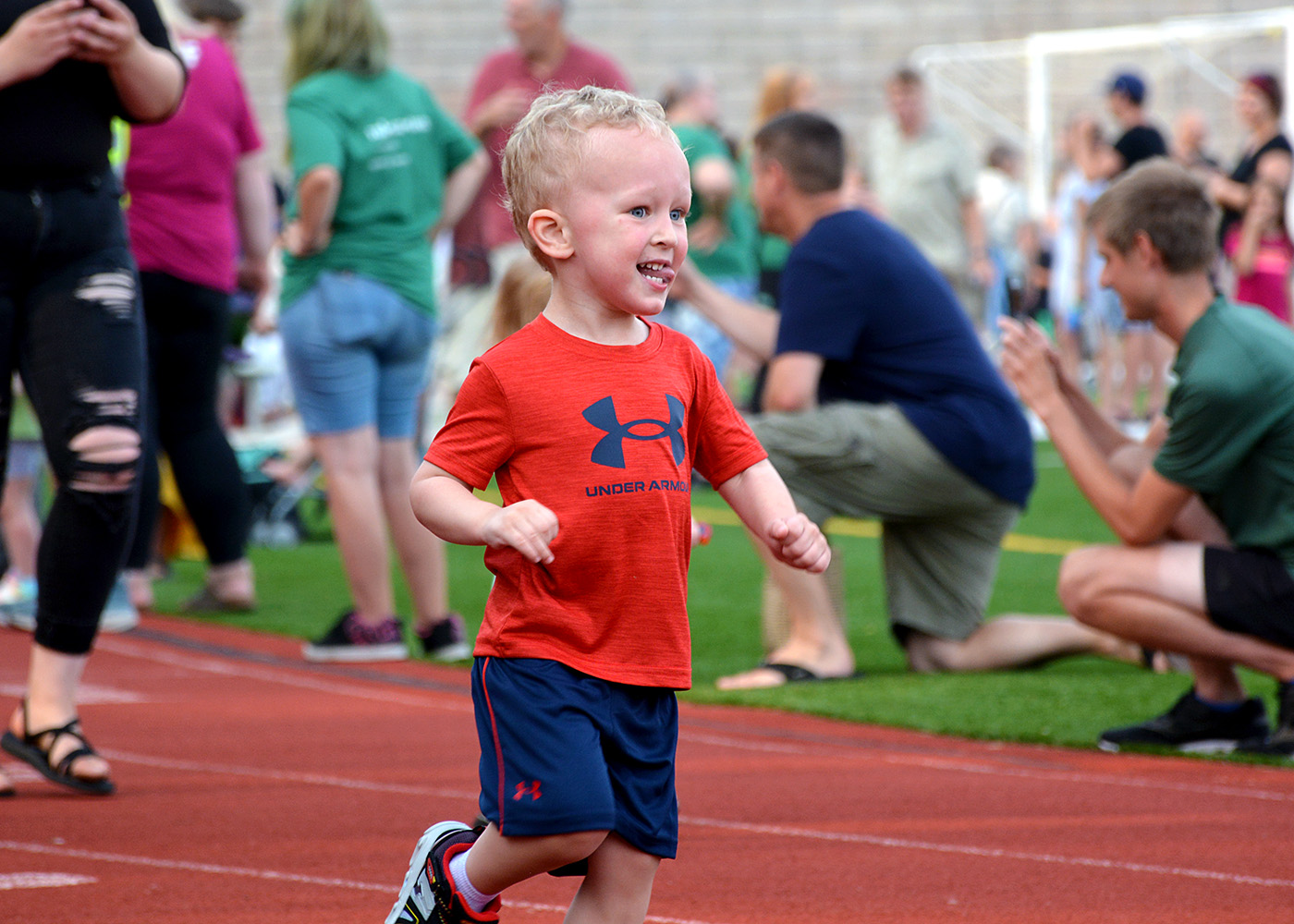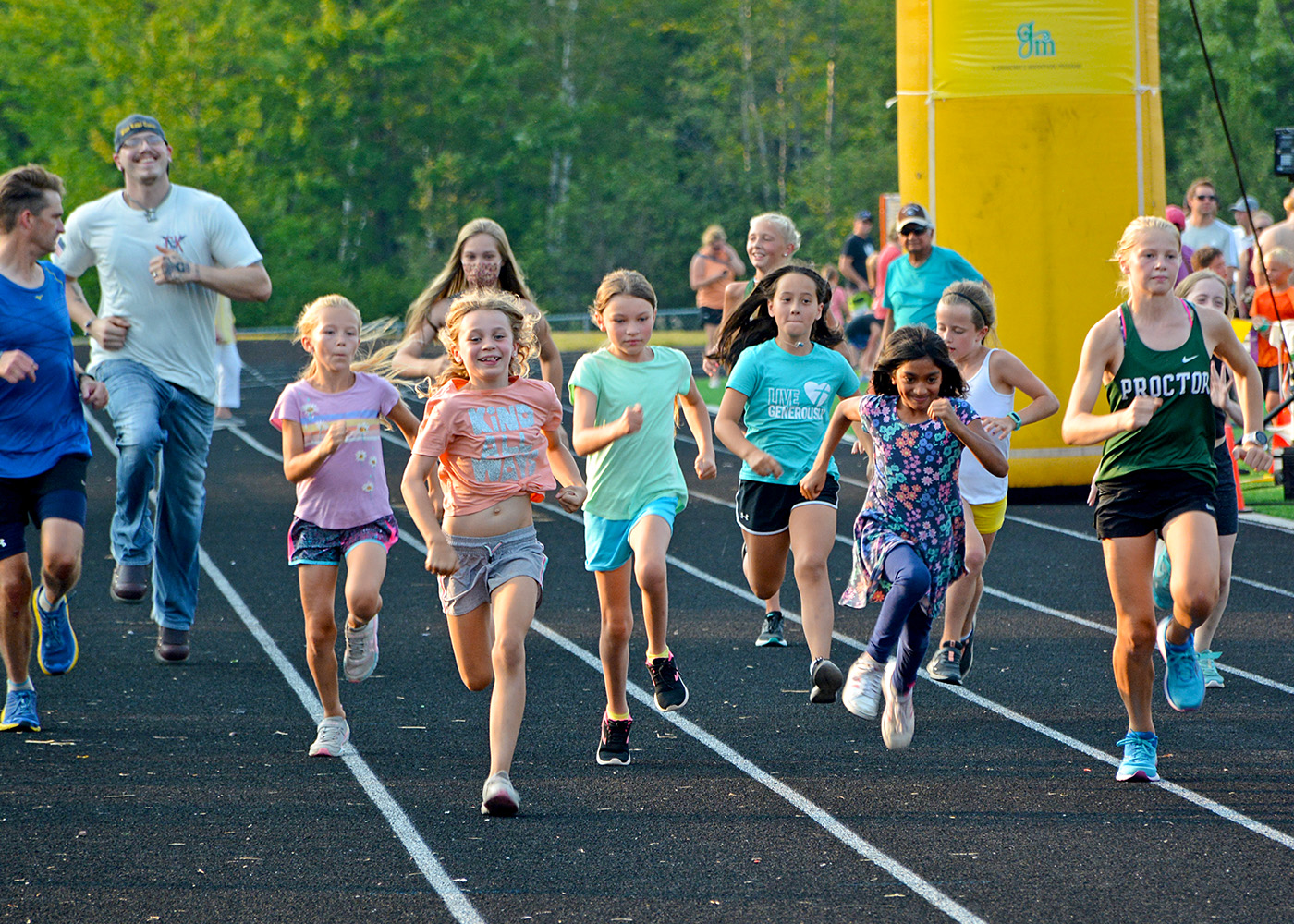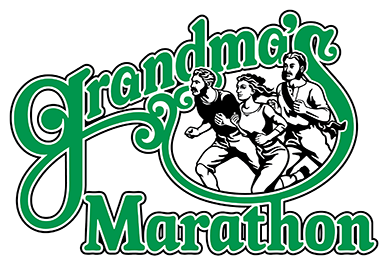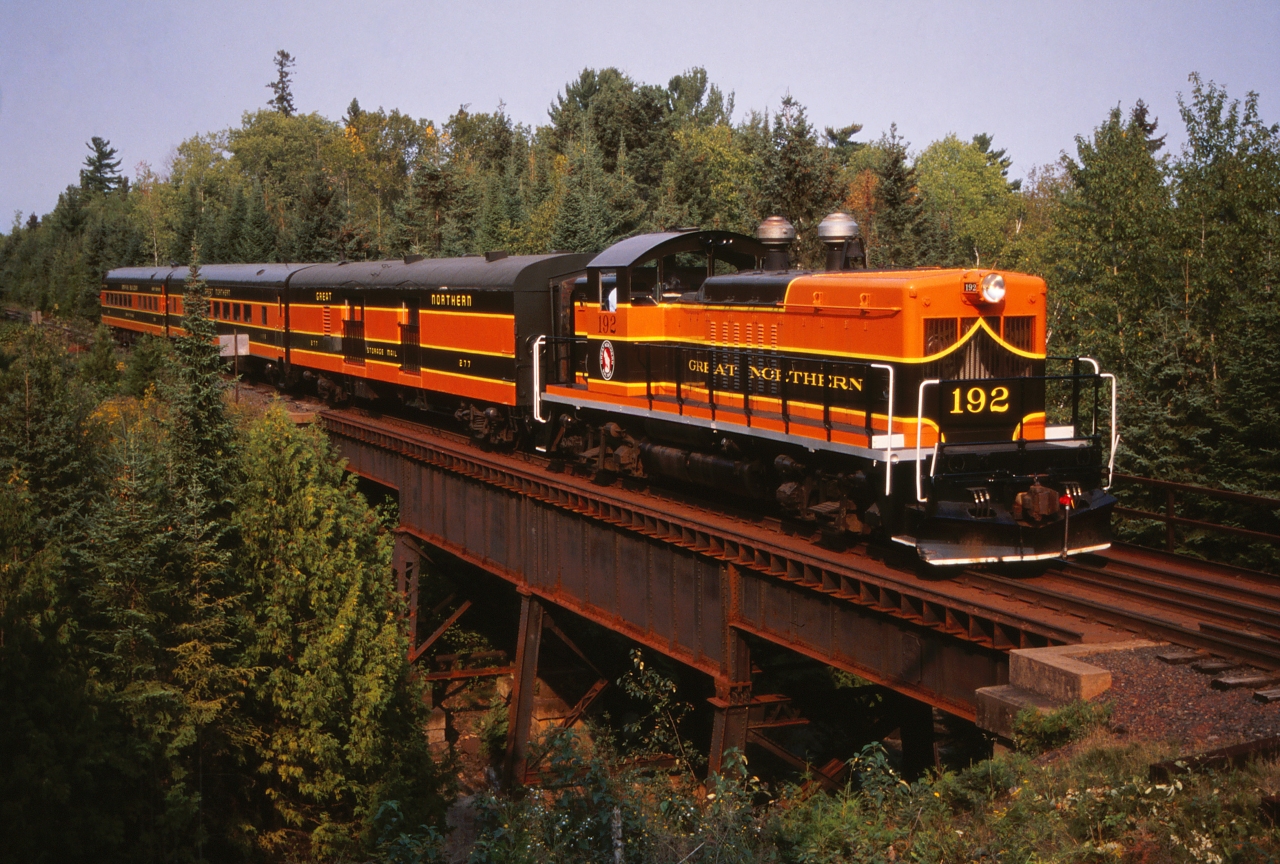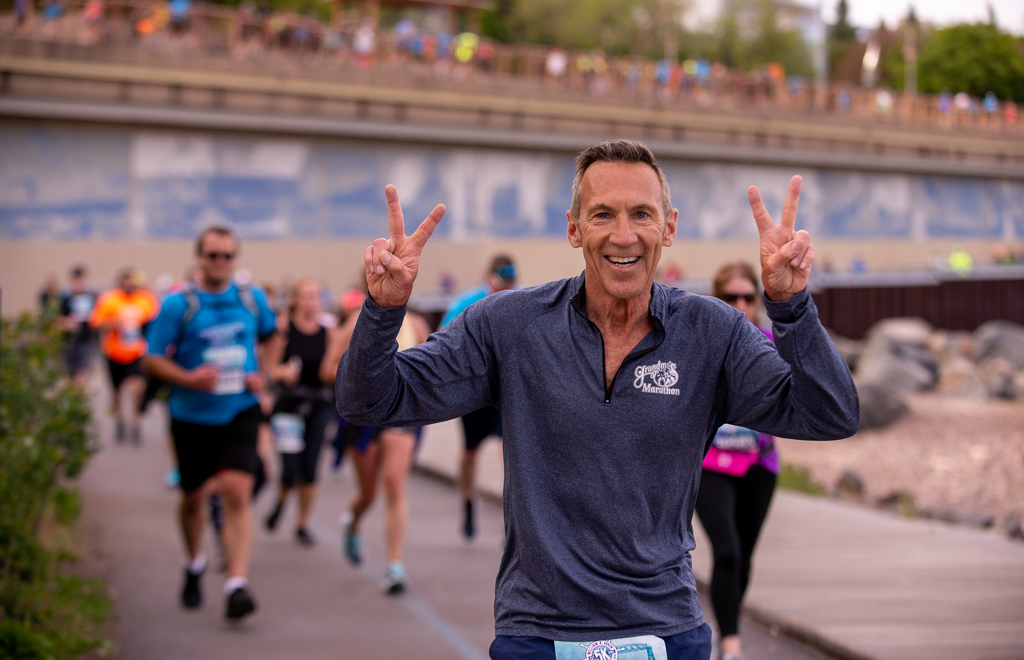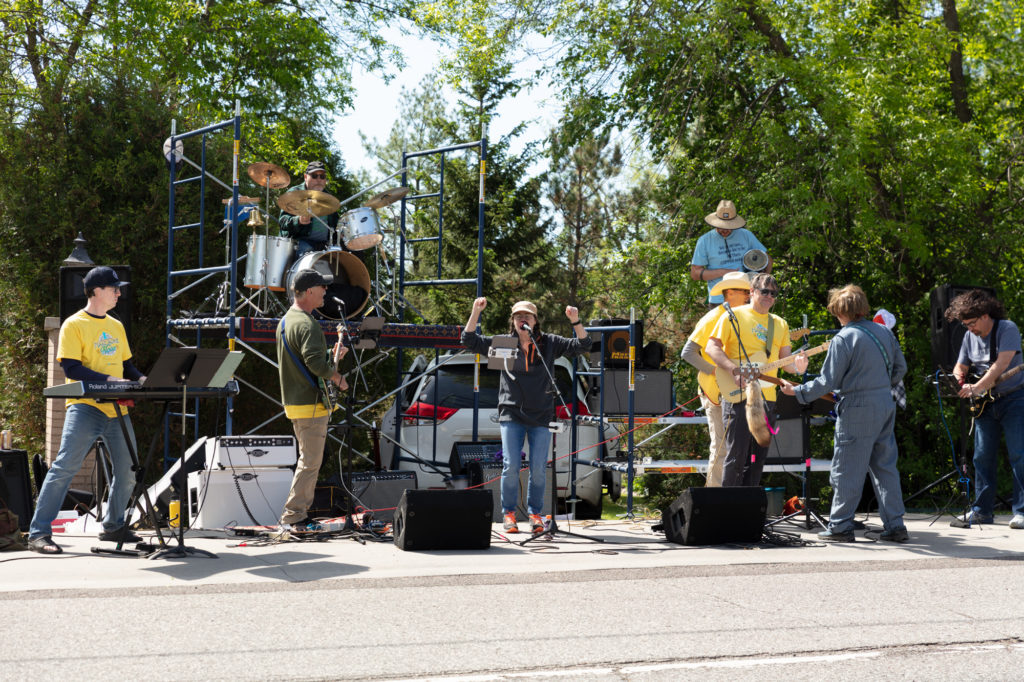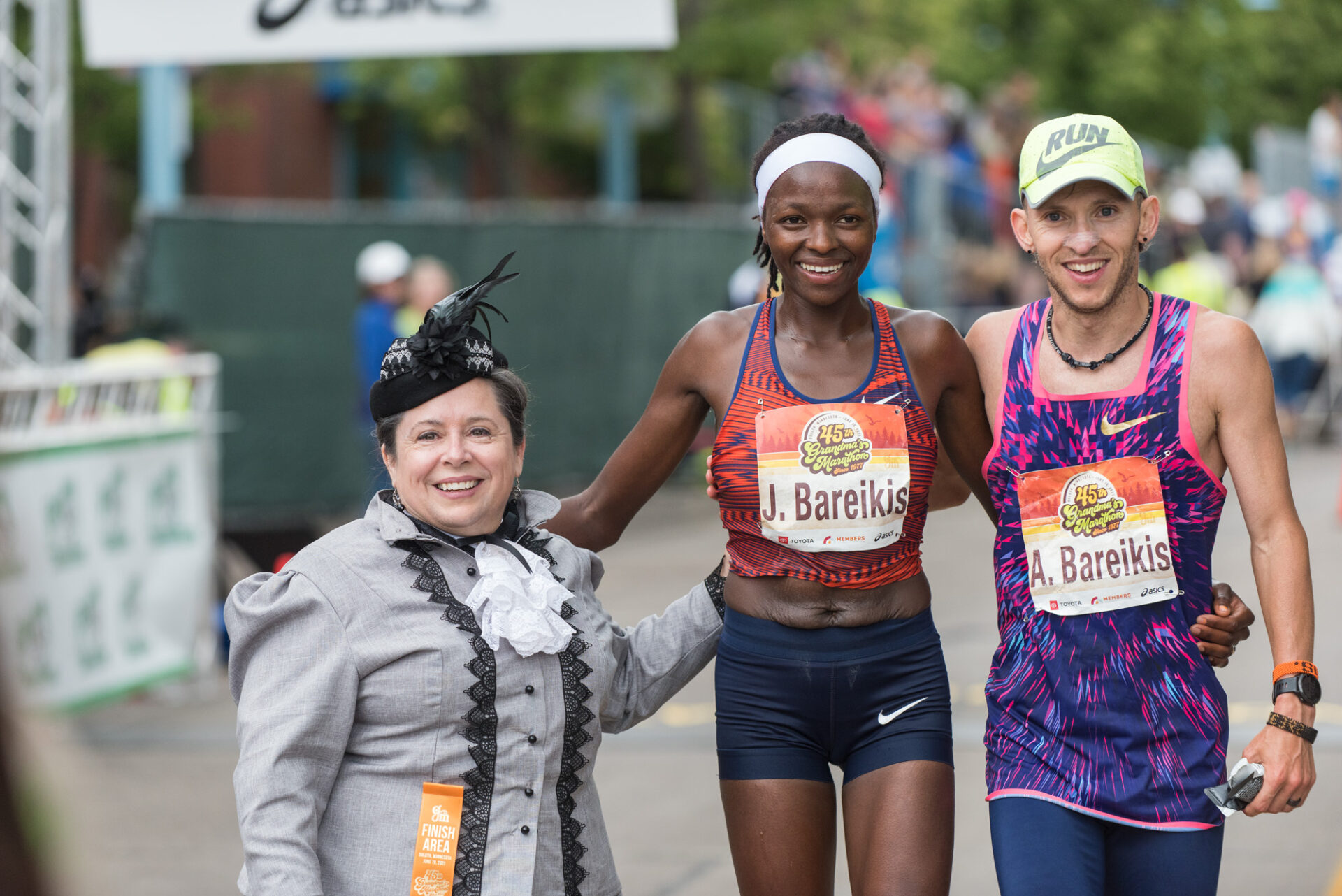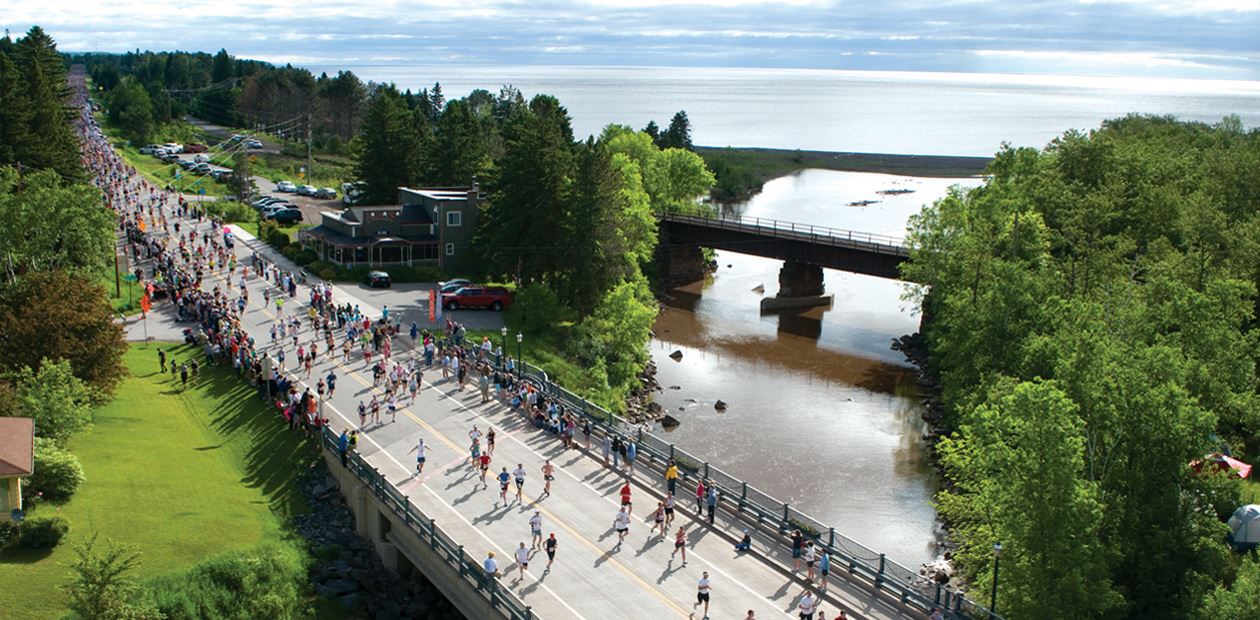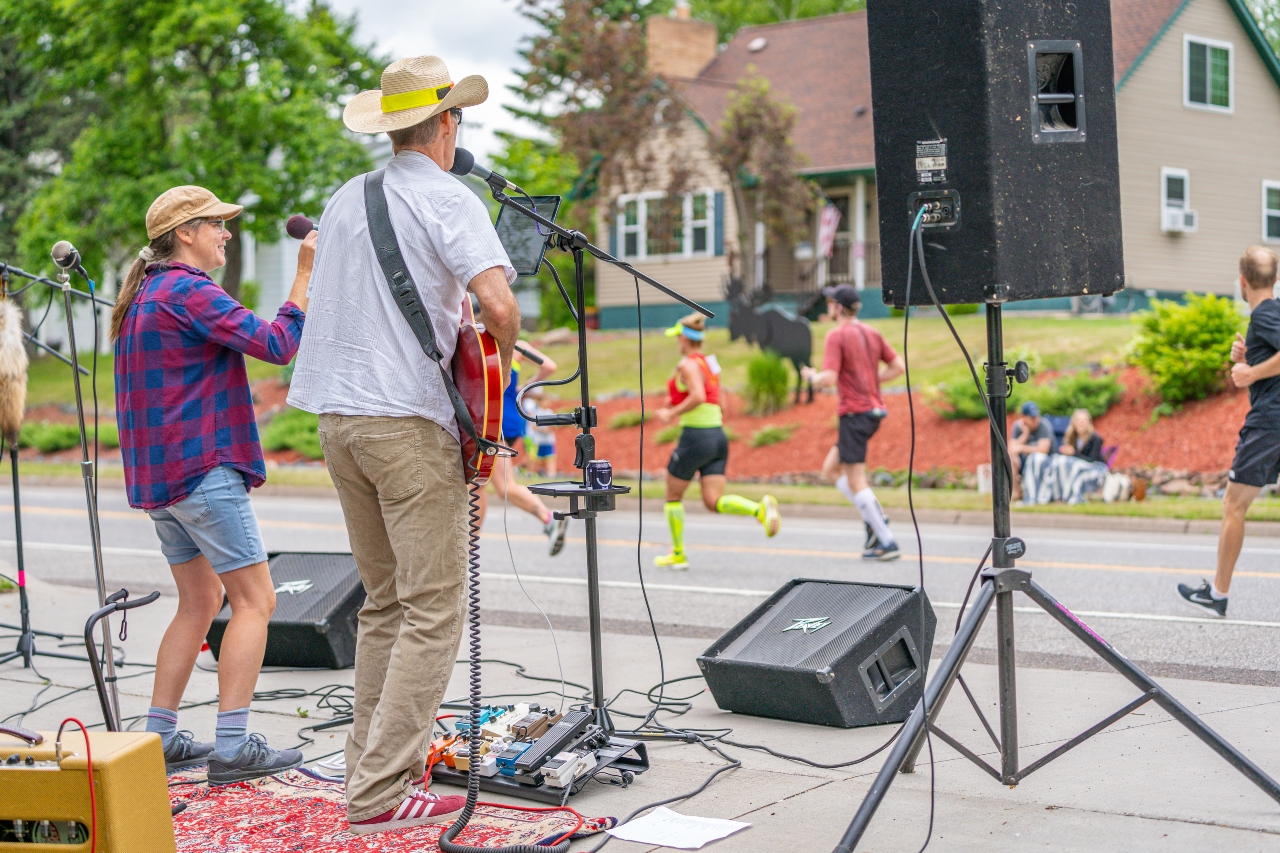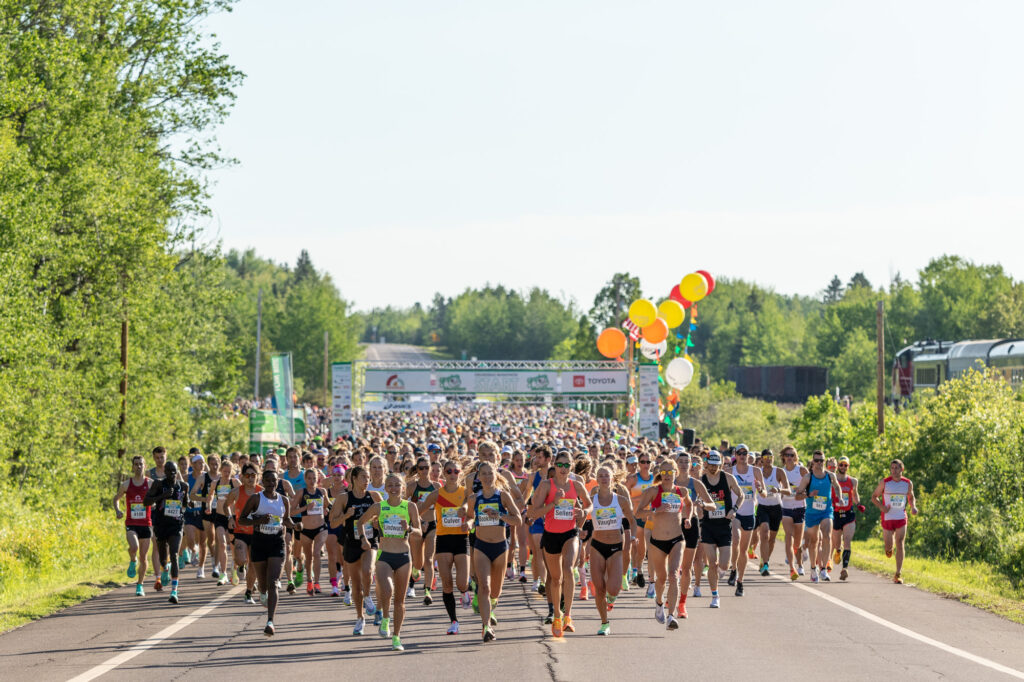In a world that never stops moving, running stands out as a universal language. In this shared passion of running, there are barriers that do exist, it is waiting for us to tear them down once we get to meet a Deaf runner in our running community. The barrier is the communication gap between hearing and deaf runners.
When we welcome Deaf runners into our running community; we’re inviting knowledge, resilience, and supporting these individuals in their struggles to overcome adversity, because these Deaf athletes do not have the privilege of hearing sounds, they navigate everything visually, and they often try to break down expectations by showing the running community that they can race too, just like anyone else. As we give them that chance by learning some ASL into our running language, we’re not just breaking down walls; we’re creating a better, diverse and unified running community. So today, we’re here to demolish that, by moving forward by using the power of American Sign Language (ASL).
Communication is a Two-Way Track
As we unlock the potential of a truly inclusive and connected running community begins with understanding the fundamental truth: Communication is a two-way track. When you find yourself alongside a signer who is a runner, the journey to mutual understanding and respect kicks off with a simple, yet profound first step – is to ask their communication preferences. This gesture, small in action but is significant in impact, will make for a connection that will break barriers in communication. But first, recognizing their preferences in communication, it is important to know beforehand.
While one may find comfort in lip-reading, another prefers to express in ASL and another prefers to use the “SimCom” (Simultaneous Communication) method. (SimCom is when a person speaks out loud and signs at the same time). Deaf Runners do not expect for others to sign perfect in ASL, they care more about making the effort. With each sign you learn as you go, you are not just breaking the ice; you are melting it.
By starting one of these dialogues, you’re about to start to learn how to communicate; you’re offering an open hand, an invitation to share the path and to understand. This act of reaching out is the first step to inclusion and the warmth that will define your running community.
Navigating New Communication Terrain
When starting on a new journey of learning American Sign Language (ASL), it may seem a hard thing to master. Much like the first steps of a marathon, the beginning is always the most daunting. The key is to start small, focus on specific, running-related signs that will serve as your foundation. As you master a new sign, think of how you are conquering a mile you made, and that example shows how barriers of sound and speech no longer dictate the shared moments of running together.
So remember that this new experience is like a marathon, not a sprint. The signs may not always come easy, and there will be moments of frustration when the movements feel challenging, that is ok. Deaf runners will help you correct the movements as you go with the learning process, knowing that with each mistake and corrections are made, you are learning a new visual language.
Tips for Learning ASL and Connecting with Deaf Runners
Let’s dive into learning some ASL and discover how learning just a few signs can make a difference by bringing us closer to our deaf runners, by creating a more diverse, inclusive, and empowered running community.
Here are a few tips you can get ahead of the game. Help yourself familiarizing the ASL alphabet and use some gestures to ask on how to use the main key phrases that you feel it will bring to use, like for example: “run,” “stop,” “you and me”, “go,” “out and back,” “miles,” “come” and food/drink signs like “gel,” “banana,” “eat,” “drink,” “water,” etc. you will then realize that you will be making a meaningful connection down the road with the ASL signers.
But don’t stop there; you can ask for more signs to grow your knowledge by including some more vital signs like “pace,” “injury,” and “rest.” Also, do not be afraid to ask for resources through technology, like the website, apps, and such, and even ask for their insights and experiences.
By embracing these new signs, doors will open to new friendships and the growing diversity in your running community.
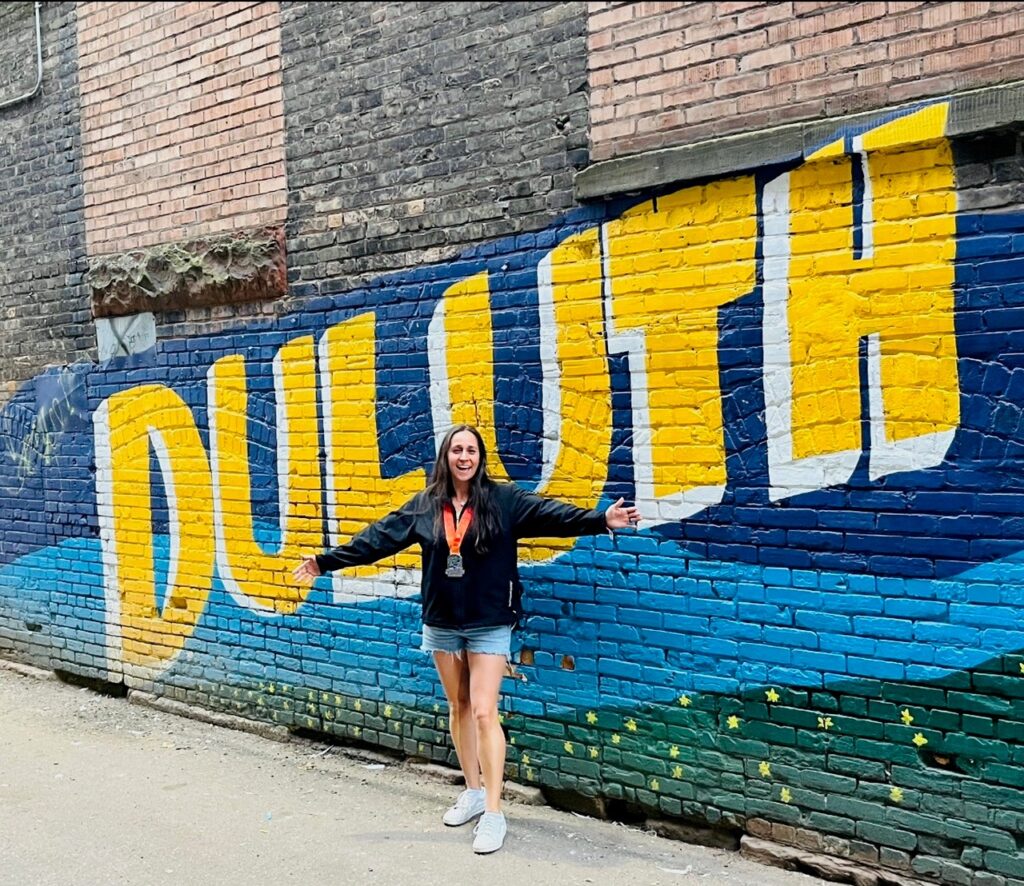
Francisca Schmierer
Follow Her on: Instragram
Favorite Grandma’s Marathon Memory: My favorite memory about Grandma’s Marathon was when I ran the course last year for the first time. I labeled my racing shirt “Deaf” on my back for the first time. In result, some runners approached me on the course and signed ASL, American Sign Language to me. It has brought me so much joy and I got to communicate with them while running!
A song that must be on your running playlist: As I am a deaf runner, I do not have the capability to hear music like the others! My “music” is the views of outdoor nature.
Reason you absolutely won’t run outside: Lighting. Don’t know where the sound is coming from!
2024 running goal: Make it into the Boston Marathon. I have been training for quite some time and hired a coach who was a former marathon olympian. In result, I am very close at qualifying for Boston.
Three words to describe your training, racing, or life: Earn Your Spot.

